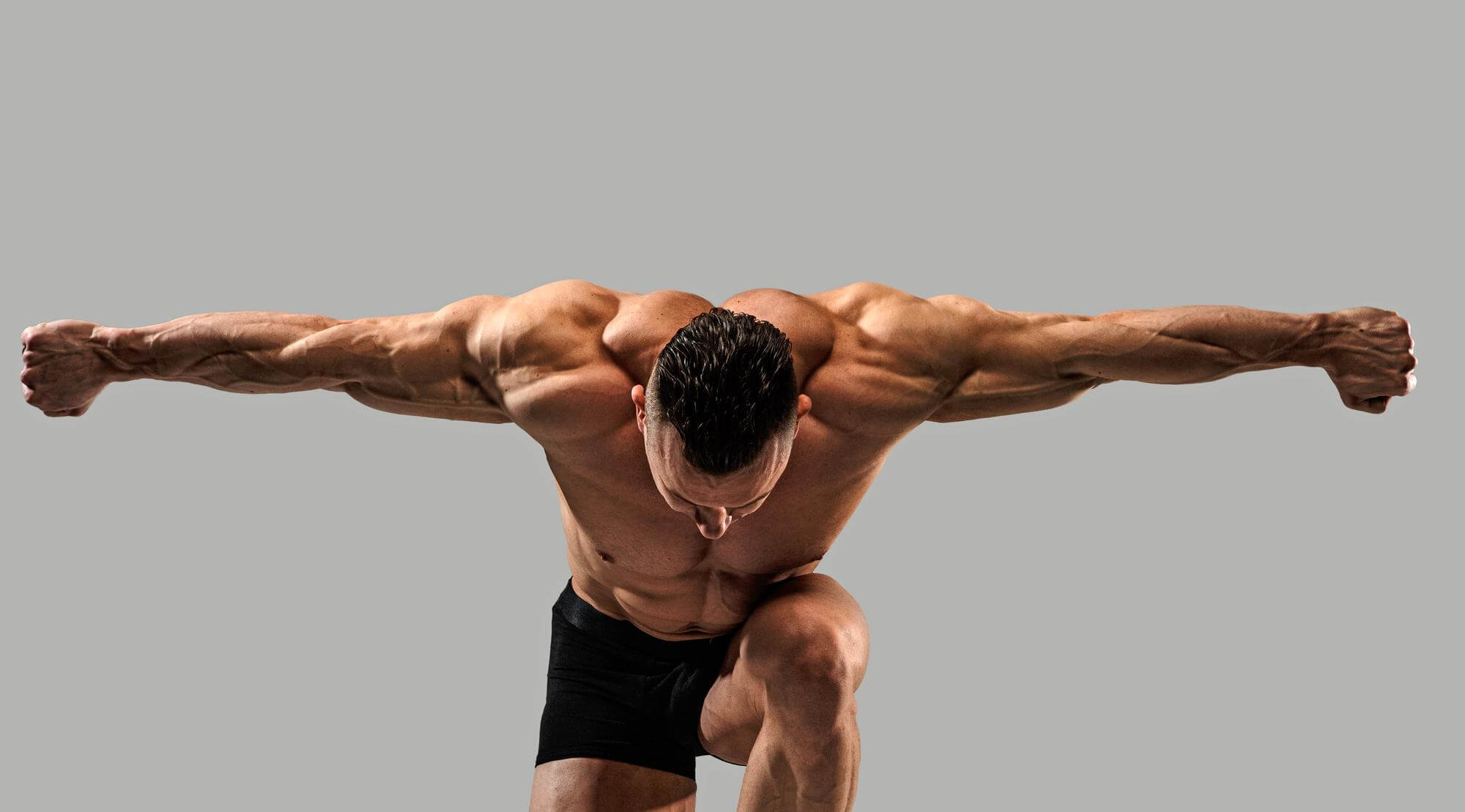Mastering Arm Muscle Strength: Essential Workouts for Every Area
Welcome to the realm of arm strength training, where empowering your arms isn't just about building muscles; it's about enhancing your daily life. Whether it's for sports, daily tasks, or simply to feel stronger, this comprehensive guide will walk you through the essentials of arm strength training. Get ready to transform your arms into pillars of power!
Understanding Arm Anatomy and Its Importance
Before diving into exercises, it's crucial to understand the anatomy of the arms. Primarily, the arm is divided into three sections: the anterior (front), posterior (back), and shoulders. The anterior comprises the biceps brachii, brachialis, and coracobrachialis. The posterior is home to the triceps brachii. The shoulder section includes the deltoid and rotator cuff muscles: supraspinatus, infraspinatus, teres minor, and subscapularis.
Strong arms are not just about aesthetics; they play a pivotal role in your overall body mechanics. Improved arm strength enhances your ability to perform everyday tasks, contributes to better posture, and significantly reduces the risk of injuries. Moreover, robust arms provide better support to your wrists and elbows, crucial for both athletic and daily activities.
Creating Your Arm Strength Training Plan
A well-structured arm strength training plan should cater to all the muscle groups in your arms. According to the American College of Sports Medicine, it's ideal to engage in arm strength training at least two to three times a week. This frequency allows muscles to recover and grow stronger.
Your training plan should include a variety of exercises targeting each muscle group in your arms. For general muscle strengthening, aim for 2 to 3 sets of 8 to 12 repetitions per exercise. If your goal is endurance, focus on lighter weights and higher reps. Conversely, for building muscle strength, choose heavier weights with fewer reps.
Remember, it's not just about lifting weights. Proper technique, consistent progression, and adequate recovery are key elements. Ensure your workout plan includes rest days, as muscle growth occurs during recovery periods.
Essential Exercises for Arm Strength
- Biceps Curl: Stand with your feet shoulder-width apart, holding weights in your hands with your palms facing forward. Curl the weights towards your shoulders, then slowly lower them back down.
- Hammer Curl: Similar to the biceps curl, but with your palms facing inward, targeting different parts of your biceps and forearms.
- Triceps Dip: Using a stable bench or chair, lower your body by bending your arms, then push back up to the starting position. This exercise is excellent for targeting the triceps.
- Overhead Triceps Extension: Hold a dumbbell with both hands behind your head. Extend your arms upward, focusing on the triceps.
- Shoulder Press: Lift weights from shoulder height to above your head. This exercise targets your shoulders and upper arms.
- Front to Lateral Raises: Raise weights in front of you and then out to the sides, targeting your deltoids.
- Rear Delt Fly: Hinge at the hips and lift weights out to the sides, strengthening the back of your shoulders.
Incorporate these exercises into your routine, ensuring you're covering all the key muscle groups in your arms. Each exercise should be done with proper form to maximize benefits and minimize the risk of injury.
Safety and Injury Prevention
Safety is paramount in any exercise regimen. Always start with a warm-up to prepare your muscles and joints for the workout. This could be a light cardio session or dynamic stretches focusing on the arms and shoulders.
Be mindful of your form throughout each exercise. Incorrect form can lead to injuries and diminish the effectiveness of your workout. If you're new to arm strength training, consider working with a trainer to learn the correct techniques.
Listen to your body. If you feel pain beyond the normal muscle fatigue, stop the exercise and rest. Gradually increase the weight and intensity of your workouts to avoid overtraining your muscles.
Nutrition and Recovery
Nutrition and recovery are as important as the workout itself. Ensure you're consuming a balanced diet rich in proteins, carbohydrates, healthy fats, and micronutrients. Stay hydrated, as water plays a crucial role in muscle recovery.
Get ample sleep, as most muscle repair and growth occur during sleep. Incorporate rest days into your workout routine to allow your muscles time to recover and grow stronger.
Conclusion
Arm strength training is a journey of empowerment. By understanding your arms, creating a balanced training plan, practicing safe techniques, and focusing on nutrition and recovery, you'll build not just strength, but also confidence and resilience. Embrace this journey, and watch as your arms grow stronger day by day!

